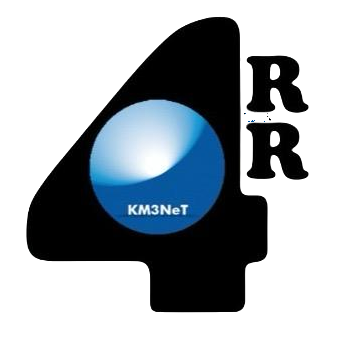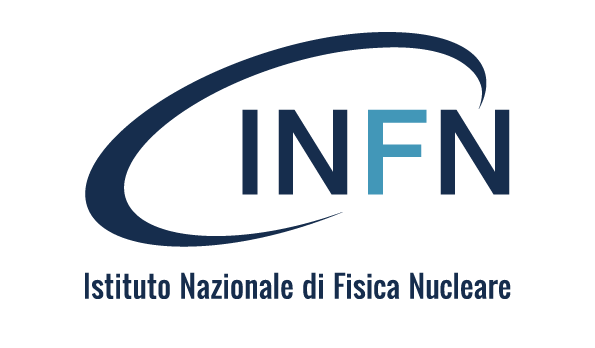
INFN supports all theoretical and experimental research activities in subnuclear, nuclear and astroparticle physics in Italy. INFN operates four national laboratories and participates in experiments in the major international research centres. INFN is present in more than 30 countries in five continents. This strong global presence also reflects the deeply rooted international scope of scientific collaboration in the domain of physics research.
The INFN groups participating in KM3NeT4RR (at the Laboratori Nazionali del Sud – and at the sections of Bari, Bologna, Catania, Genoa, Naples with the associated group in Salerno, and Rome-I) have experience in the construction and operation of big detectors for experimental physics, neutrino physics, simulation studies, computing networking, data acquisition, mechanics, electronics and micro-electronics, sea operations, deep-sea measurements.
In the specific research sector of underwater neutrino detectors, INFN people were pioneers. Since the later 1990s, they contributed to the successful implementation and operation of ANTARES, the first undersea neutrino telescope which has operated continuously for 16 years at 2500 m depth. Since the beginning of the 2000s, the INFN team started to deploy prototypes of the infrastructure and of thedet ection units in deep water, aiming to the development of solutions for a km3-scale apparatus. A test site offshore Catania was equipped with an electro-optical cable connected to shore and used for extensive activities at 2000 m depth. The expertise gained in such preparatory activities allowed INFN to play then a lead role in the implementation and construction of KM3NeT.
Today INFN is one of the leading institutions of the ESFRI-supported KM3NeT collaboration and has a well-proven experience in the management of large research infrastructures, even from the point of view of the technological transfer of its results to industries and of the management of large research infrastructures, even from the point of view of the technological transfer of its results to industries and of the
outreach and dissemination.
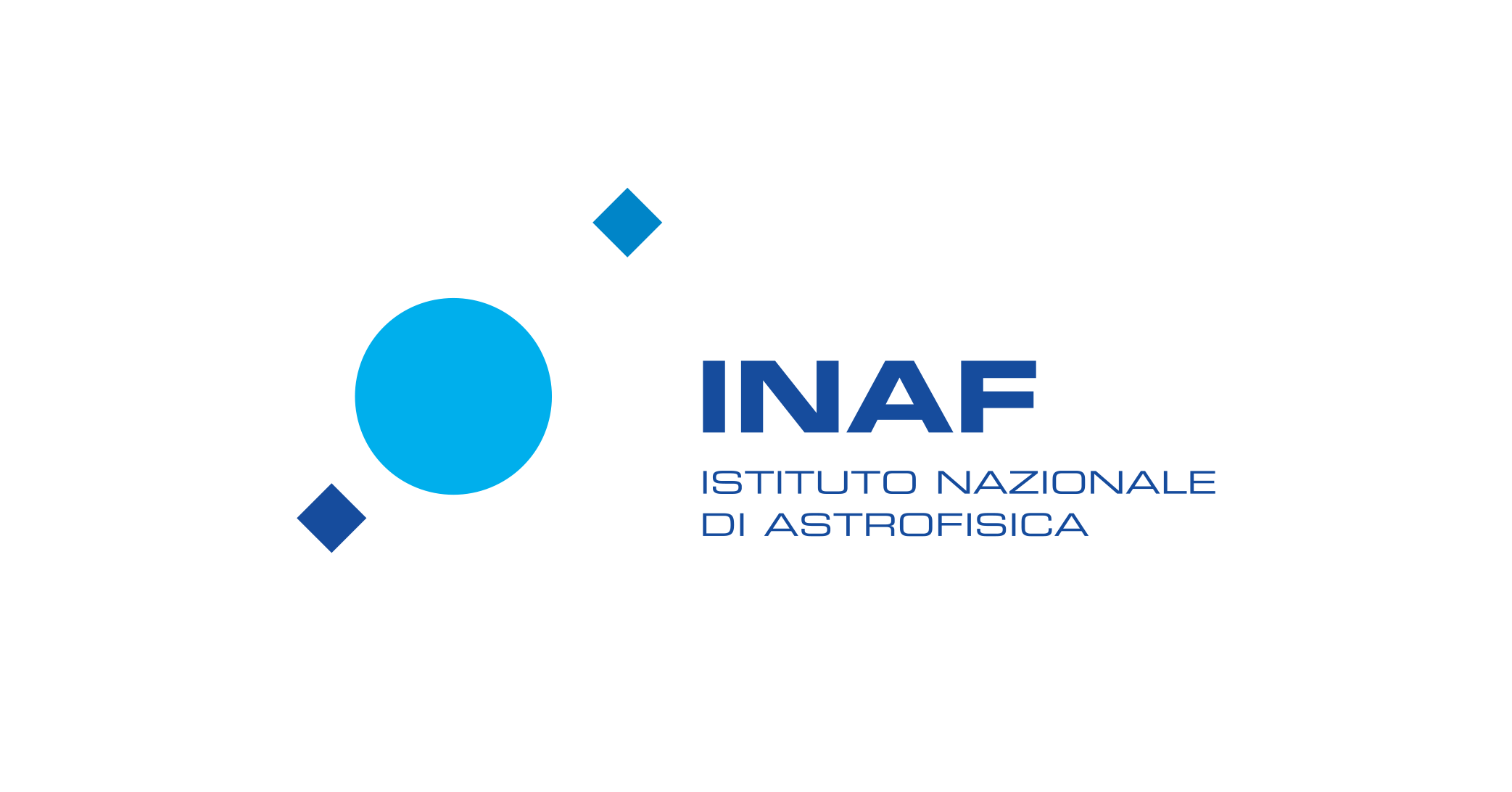
Therefore, INAF provides a crucial contribution to a competitive national multi-messenger strategy.
The multi-messenger coordination of high energy, space-based observatories is assured by ongoing programs (AHEAD2020). Here we focus on optical/radio ground-based facilities. In this context, the assets that are managed by INAF directly or as partner in international collaborations include an array of medium size (1-4m), world-wide distributed, optical telescopes (e.g. TNG, VST, ESO-NTT), large optical telescopes (LBT, VLT), radio antennas on the national soil (SRT) linked to the global radio interferometry network (EVN). INAF is participating to the elaboration of the scientific programs of the VRO, the largest optical survey telescope, to develop and run SOXS at the NTT, a new optical/NIR spectrograph dedicated to transients, and is contributing to the development of MeerKAT, the array of 64 radio antennas precursor of SKA.
With major contribution to international agencies and collaborations, INAF is engaged in the design and construction of the most ambitious astrophysical observing facilities of the next decades, namely ESO-ELT, CTA, and SKA Regarding this particular proposal, INAF has successfully participated with its radio infrastructures, both single-dish and interferometers, to several multi-frequency observing campaigns focusing on the monitoring of the flux radio density variations of vast samples of galactic and extra-galactic radio sources. Very recently, INAF has contributed, with its 32-m antenna located in Medicina (BO), to an international program to observe ta long-term radio flare in two bright AGN possibly associated with neutrinos event detected with
IceCube.
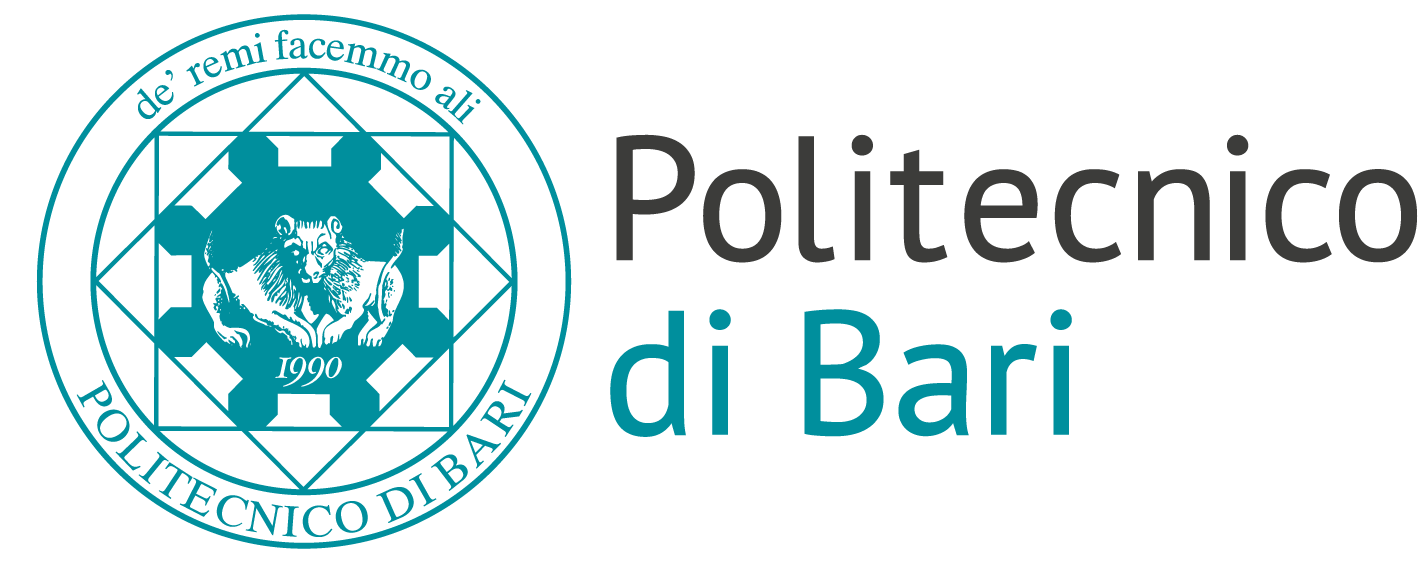
Research Team Scientific sector ICAR 03 – Competences include the following topics: protection of ecosystem balances and pollution prevention; evaluation of the dispersion and decay of pollutants in environmental compartments, environmental impact assessment and risk analysis, processes and technologies for the treatment of drinking water and urban and industrial wastewater, including the removal of emerging organic micropollutants; processes and technologies for the treatment and valorization of urban and (agro)industrial waste, soils and sediments, sewage sludge, including the development of innovative supply chains such as biorefineries; development of advanced mathematical models for the study and representation of pollution phenomena and related mitigation actions.
Research Team Scientific sector IND ING 22 – Skills are related to structure and properties, design, production and transformation processes, use, analysis, characterization and quality control, corrosion and degradation, conservation, restoration and recycling of materials and their assemblies or combinations, having an engineering and industrial interest. In addition, there are specific competences related to material knowledge and technologies for their conversion, reuse and recycling.
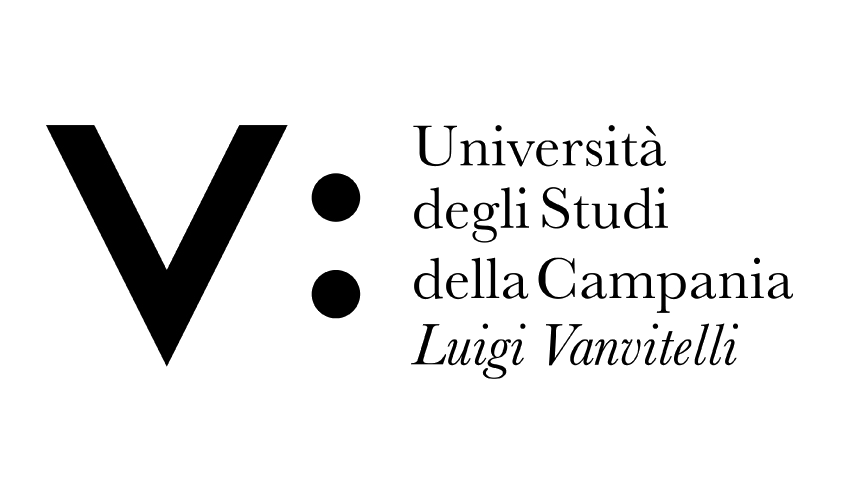
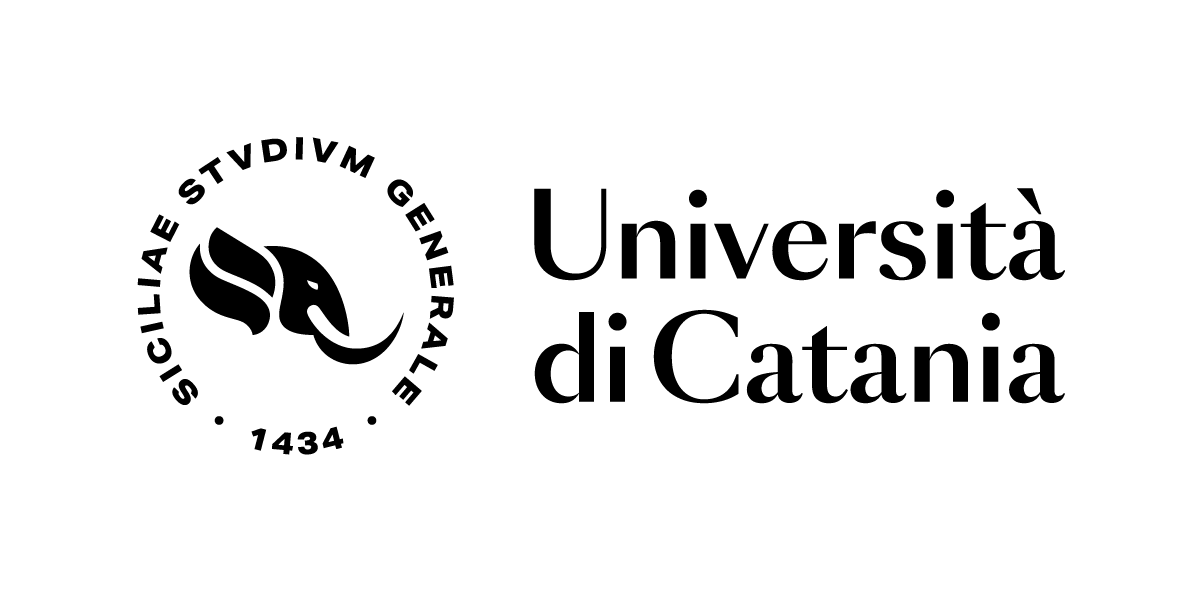
DFA staff is made by more than 60 Professor/Researchers, numerous post-docs and PhDs and may count on the support with a dedicated administrative unit and several technicians. More than 30 research laboratories are available for the DFA researches. They also boast a very hold (more than 50 years) and consolidated collaboration with INFN.
The Department of Economics and Business (DEI) is engaged in scientific research in the fields of Economics, Management, Mathematics, Statistics and Economic Law. Coherently with the extensive scientific and applied knowledge on the themes of entrepreneurial ecosystems, business development programs, technology transfer, principal investigator, academic entrepreneurship, university incubator, science and technological park, DEI has been involved in developing a support system for the development of innovation within the entrepreneurial regional ecosystem.
Research staff of the two Departments have a long record of collaborations and both have strong capabilities of working in big-scale projects.
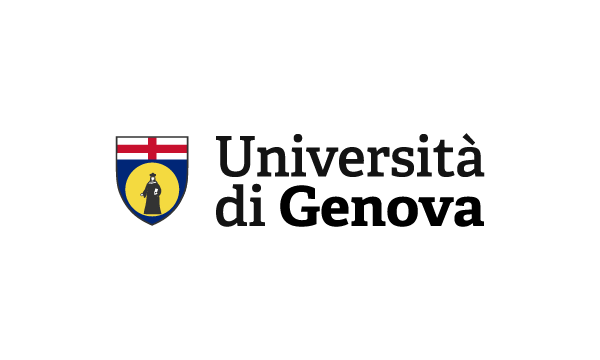
on the activities of the two submarine neutrino telescopes currently present in the Mediterranean: ANTARES and KM3NeT.
The University of Genoa has also established in 2019 the Sea Centre, a strategic centre that combines, according to a transdisciplinary vision, teaching, research and third mission on the theme of the sea.
Research on the sea involves more than 400 scholars including professors, research fellows, PhD students and collaborators. Thanks to their activities, the University of Genoa is an international reference point in research and technology transfer in these disciplines. A study published in 2018 in International Journal of Shipping and Transport Logistics cites the University of Genoa among the 10 best universities in the world in the field of maritime research. The University of Genoa, with 5 bachelor degree, 8 master degrees and a PhD course (23 places, the most important advanced training course dedicated to the sea in Italy) proposes the richest educational offer at national level dedicated to Sea Sciences and Technologies. In addition, there are more than 200 courses dedicated to the sea in the whole University. The PhD course in Marine Science and Technology brings together the disciplines and knowledge where the sea is the field of scientific research, developing highly specialised knowledge and skills in a multidisciplinary context.
The teaching and research activities cover the various themes and components that constitutes the Blue Growth Strategy, with a particular focus on sustainable development and integration with the natural vocations and productive fabric of the territory, guaranteeing the need for new knowledge and technological development.
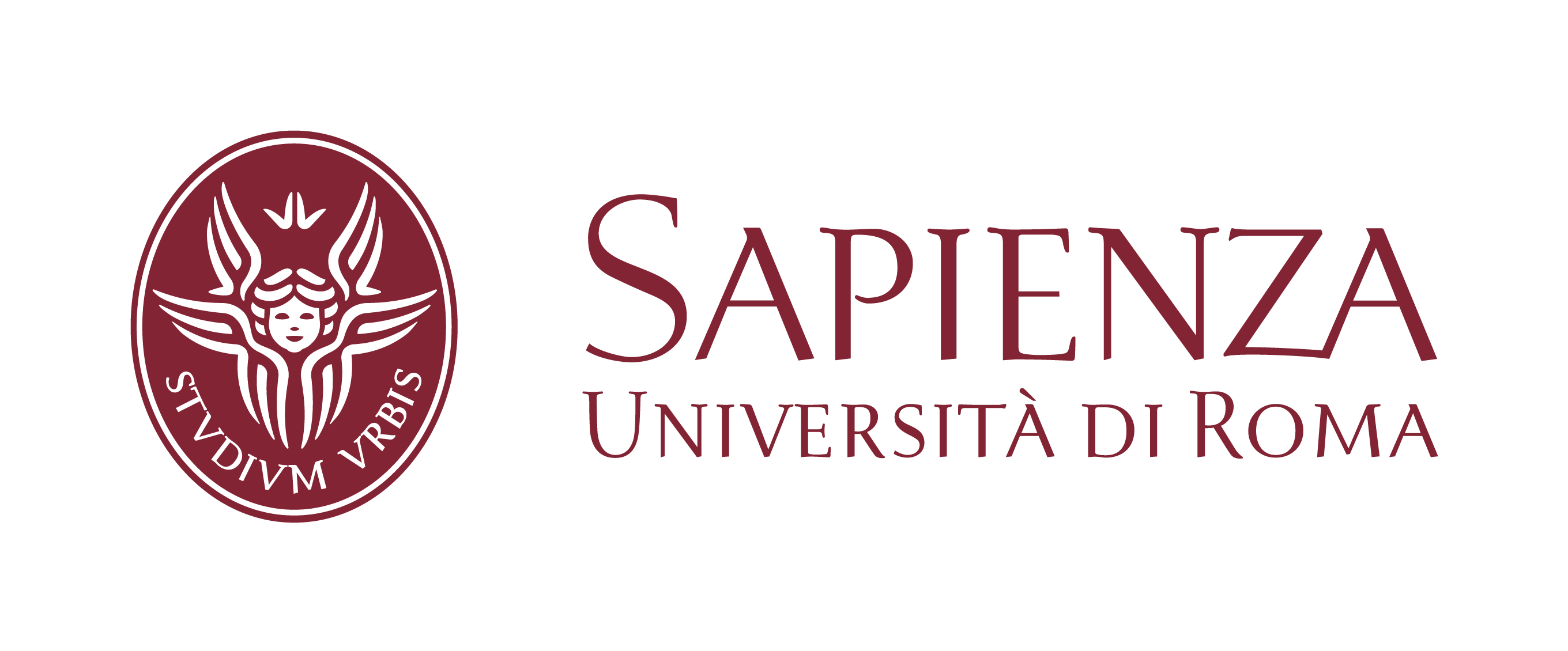
astrophysical neutrinos: the proposing experimental group can profit for the experience gained in the last twenty years with the design, the construction, the operation, and scientific exploitation, of the large underwater neutrino telescopes ANTARES and KM3NeT. The Physics Department of the Sapienza University has a long experience, both in theoretical and experimental fields, in the study of neutrino interactions. In the last decades the Department has been also recognised as a leading international research centre for the search of astrophysical neutrinos and for the study of their intrinsic properties. The search of extra-terrestrial high energy neutrino fluxes will help to identify the most energetic and giant astrophysical bodies in the Universe, the detection of atmospheric neutrinos will allow to study their intrinsic properties, like their mass hierarchy.
The Physics Department of the Sapienza University provides a perfect environment for the proposed research. Researchers of this Department contributed with major responsibilities to the definition of the project, to the design, construction and operation of the electronics for data acquisition and transmission as well as for the detector powering and control. Very important is also the contribution given to the development and implementation of data analysis algorithms needed to identify the several expected types of neutrino sources.
The present proposal will have a long term structuring effect, consolidating a line of research that so far has been very productive and promising.
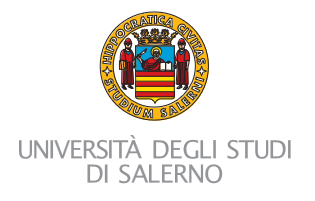
This allowed gathering uniquely complete understanding of the integration and testing procedures needed for the construction of the KM3NeT detectors and for qualification and testing of their components. The relevant information flow has been developed at the University of Salerno for the whole KM3NeT Collaboration starting in 2013. This has been possible also thanks to the experience in coordinating the Database system of the former OPERA experiment since 2004 (Cristiano Bozza was the Database Coordinator in the Executive Board). The University of Salerno is also completely responsible for design and development of the Control Unit of the KM3NeT data acquisition system since 2013. This activity requires specific skills in driving and orchestrating cooperative operation of advanced electronic control boards, capable of online processing, together with high-throughput data processing facilities. The experience gathered starting twenty years ago in the OPERA experiment, designing and operating the high-speed data acquisition system from nuclear emulsions, has been instrumental in quickly and flexibly fulfilling the needs of KM3NeT. In 2020, the KM3NeT group of the University of Salerno started contributing to the construction of the detectors through the calibration of the compass/tiltmeter sensors of the Central Logic Boards (CLBs). The group immediately gave a remarkable boost by developing the Compass Calibration Assistant (CoCA) software tool to assist and guide operators in the complex workflow that had otherwise to be performed manually. The CoCA soon became the recommended tool for this activity, and the Salerno group ranked first in the number of calibrated boards in years 2020 and 2021. Recently, the Salerno group made a new version of calibration gimbal with enhancements and upgrades, while an automatic version is envisaged.

fundamental physics, particle and astroparticle physics, solid state physics, astrophysics, geophysics and applied physics. Most of experimental activities on particle physics are performed at CERN, inside the large collaboration like ATLAS and CMS, while the research groups working on astroparticle physics are involved in international collaborations like Virgo, Auger, Darkside, Km3Net, CTA and T2K. After the discovery of the gravitational waves, announced in 2016, there is a strong collaboration between these groups, as well as with other astroparticle and astrophysics research groups belonging to national and international institutions, in contributing to the so called multi-messenger astrophysics. The research activity in solid state physics include optics and quantum optics, spectroscopy,
photonics, superconductors, and quantum computing. The activities in geophysics include the development of seismic arrays and the early warning. Some technical services, shared with the local INFN section, are available. A service for the mechanical design of parts of experimental set-up is available. A mechanical workshop, equipped with several tools, like milling machines, lathes, an electrical discharge machine, and a 3D printing machine, are available for the realization of selected mechanical components. An electronics laboratory is available for the design, optimization, and test of analog and digital electronics system, with also the possibility to realize prototypes of simple printed circuit boards. Finally, an information technology service is available for the design and assistance in the realization of computing, storage, and network facilities for the need of the different research groups.



